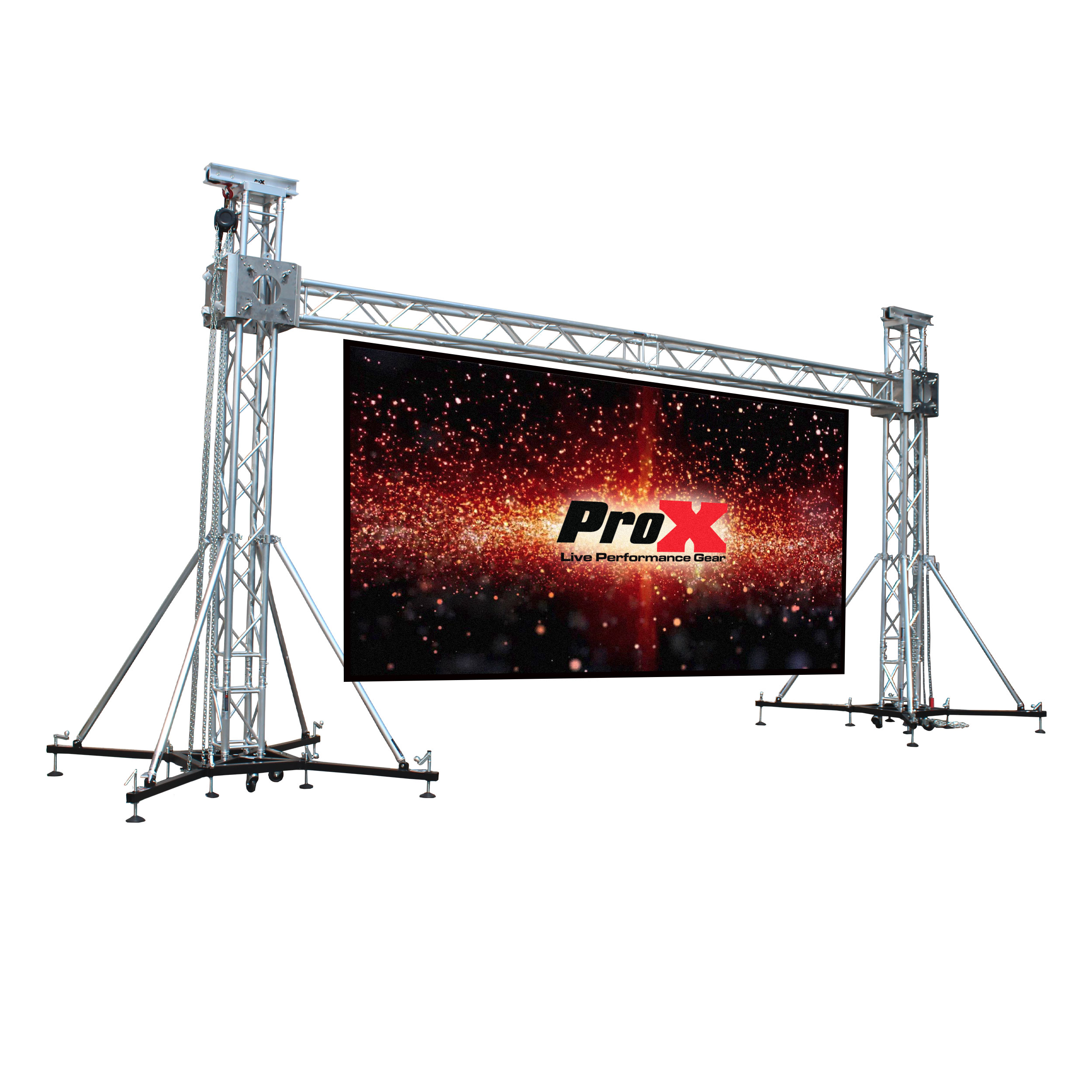Enhancing Visual Effect Through Strategic Material Scheduling in Light Emitting Diode Wall Execution
Wiki Article
Maximizing aesthetic effect throughout LED wall performances requires meticulous planning plus strategic content scheduling. LED screens represent potent instruments in graphic narration, often used in concerts, events, plus displays. The efficacy of these screens relies not only only upon the quality of the visuals but also on how and when they are shown. By comprehending the viewers' focus duration plus the flow of the occasion, event planners can create a more engaging experience that captivates viewers and improves the total performance.
One key aspect of strategic content timing is timing. It is essential to align the images to the beat and tempo of the performance. For instance, during a musical performance, visuals should complement the beat and mood of the music. This alignment helps to forge a unified encounter that pulls the viewers closer. Additionally, it is crucial to consider the length of each image clip. Brief, striking segments can sustain viewer engagement, while extended images may be appropriate for moments of reflection or sentimental bonding. By altering the length and intensity of the visuals, organizers can maintain the audience interested during the show.

Another important factor is the content itself. The images shown on the light-emitting diode wall should be relevant to the concept of the performance. This pertinence aids to reinforce the message being conveyed and makes the experience more unforgettable for the viewers. For instance, if the show is about environmental awareness, using images that illustrate nature and wildlife can enhance the narrative. Furthermore, incorporating dynamic features, such as motion graphics or engaging graphics, can add excitement and maintain the audience's focus. The appropriate material, presented at the right moment, can significantly elevate the impact of the performance.
Audience engagement is also a key consideration in visual scheduling. Understanding the characteristics and preferences of the audience can guide the choice of images. For instance, a youthful crowd may react better to bright colors and quick motion graphics, while an mature audience might appreciate more subtle and refined images. By customizing the material to the viewers' interests, organizers can create a more tailored encounter that resonates with spectators. Additionally, adding viewer involvement, such as real-time surveys or media engagements, can additionally improve involvement and render the show more engaging.
Finally, assessing the efficacy of the visual timing is crucial for upcoming shows. Collecting responses from the viewers can offer insightful information into what worked well and what could be enhanced. This data can assist event planners improve their approaches and take knowledgeable choices for future performances. By constantly assessing and adapting the content scheduling approach, organizers can maximize the visual impact click here for info of LED screen shows plus create unforgettable experiences for their audiences.